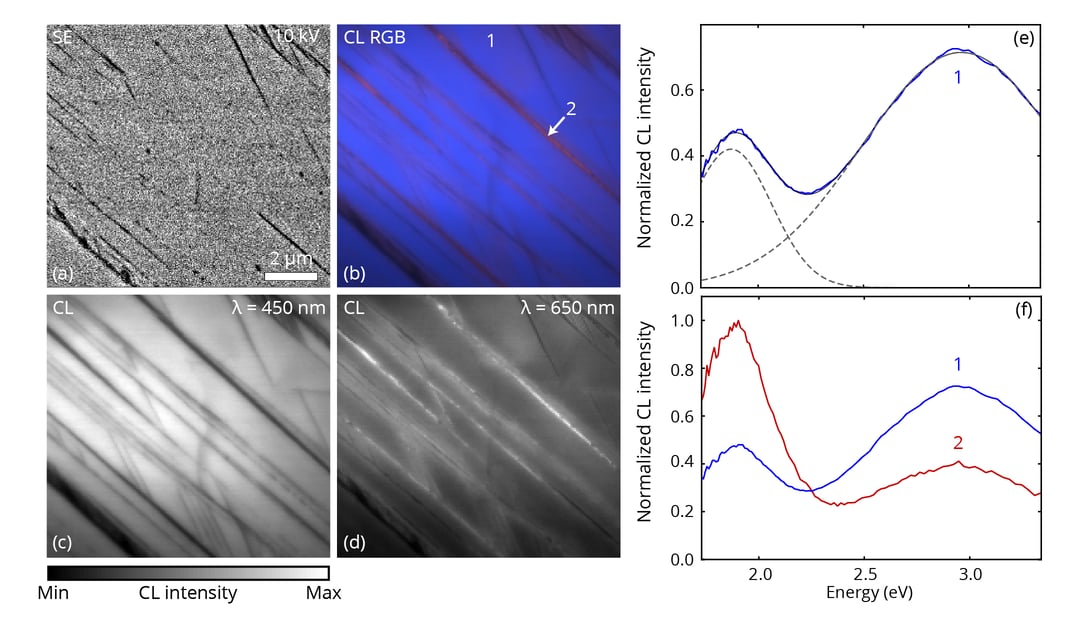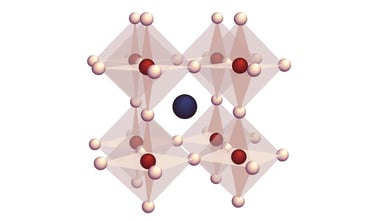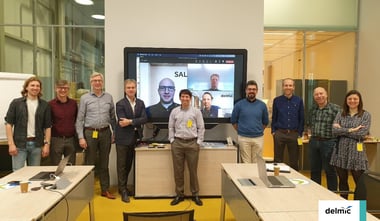The white paper explores the possibilities of using cathodoluminescence spectroscopy for studying shocked quartz grains.
Two shocked quartz grains in a suevite breccia sample from the Nördlinger Ries crater in Bavaria (Germany,) which formed in the Miocene 14.8 million years ago, were studied. When subjected to a shockwave from a meteorite impact various microscopic features, such as planar deformation features (PDFs), can form in minerals such as quartz. PDFs can be used for characterization and identification of impact events.
The authors of the paper combine scanning electron microscopy and high-resolution hyperspectral cathodoluminescence (CL) mapping for characterizing and identifying PDFs. The results of the study demonstrate that the cathodoluminescence emission spectrum provides an additional tool to assess the crystallinity and character of distinct planar deformation features.
If you would like to know how measurements were acquired and what results were obtained, download the white paper here.
.png)






